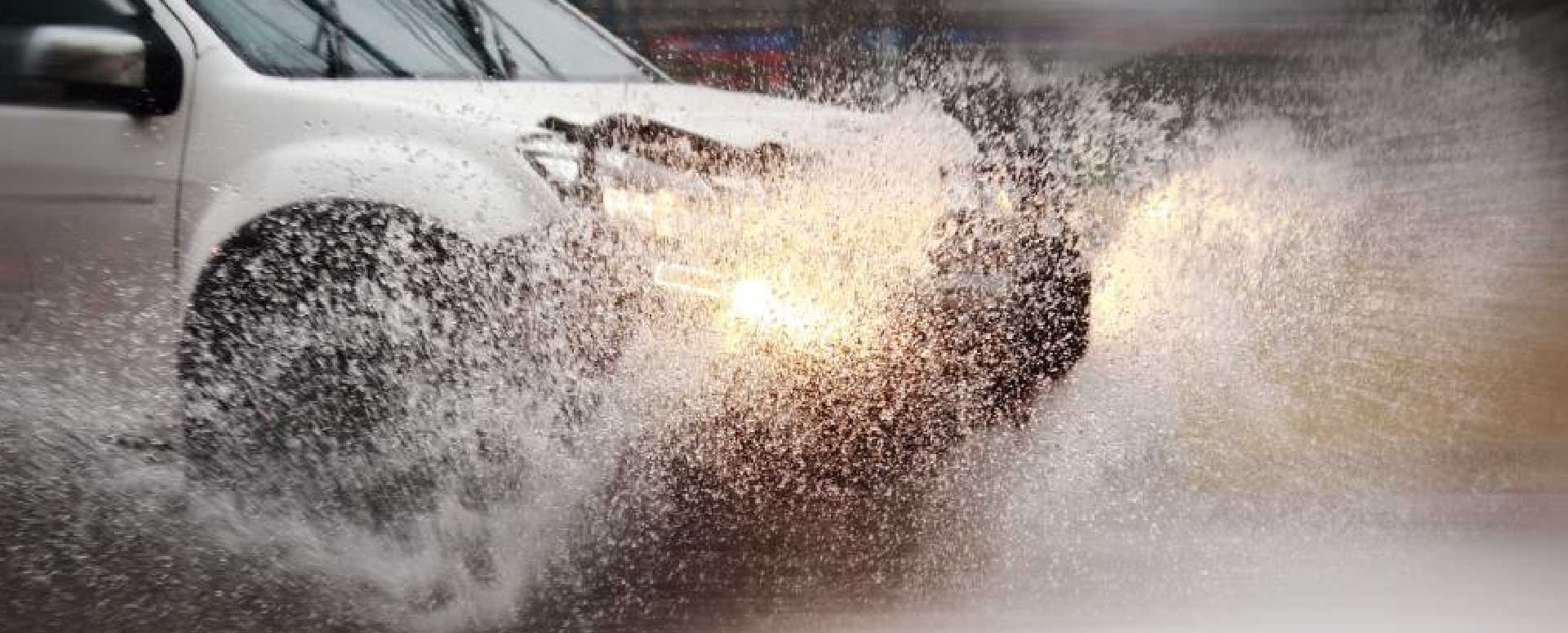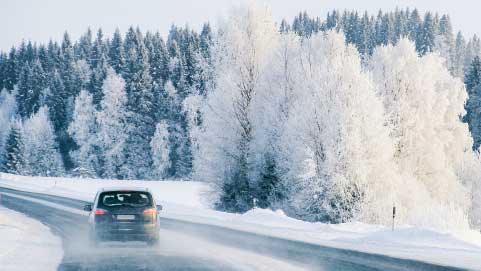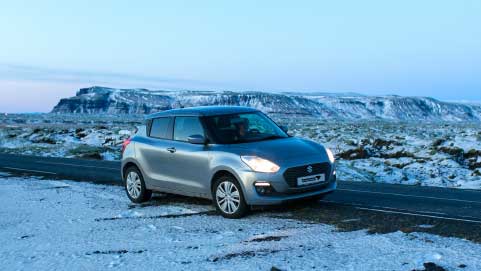Dealing with flood water
Flooding can happen any time thanks to rain, blocked drains, burst water mains, and burst river banks, and some areas of the UK are more prone to flooding than others. Over the last few years, throughout the autumn and winter months, the UK has seen an increase in localised flooding affecting motorists across an ever-increasing number of towns and cities.
Large volumes of water can cause flash-floods, or flooding in urban areas where the sewers and drains cannot cope and there is nowhere for the water to soak away. Increased flooding could see an increase in the number of UK breakdown numbers as prolonged periods of wet weather and damp causes problems with engines and electrical systems. It is also very easy to flood an engine when driving through water, if done so incorrectly.
Just 30 centimetres of moving water is enough to float a car, and by driving through floodwater, drivers open themselves up to the risk of having to be rescued or getting stranded after their car engine takes in water and stops. Just six inches of water will reach the bottom of most passenger cars; this depth can cause loss of control or possible stalling as water is sucked into the exhaust or washes into the air intake.
Some four-wheel-drive vehicles are equipped with high level air intakes allowing them to be driven through water several feet deep, however, even 4×4 vehicles can be swept away in fast flowing water.
If it looks like your business premises could be affected, consider moving your fleet to higher ground if possible to reduce any potential damage. Also, take the time to advise and remind your drivers on best practice when it comes to driving through potential floodwater.
Tips to keep your drivers and fleet safe
Driving in heavy rain
- Heavy rain can cause oils on a roadway to rise to the surface and make conditions slick. Waiting a while to set off after heavy rainfall begins is advisable.
- Ensure the vehicle's headlights are on – the Highway Code says you must use them when visibility is seriously reduced (less than 100 metres).
- Use front fog lights, but be sure to switch them off when visibility improves.
- Avoid using rear fog lights as they can mask brake lights and dazzle the drivers behind your vehicle.
- Reduce speed and leave twice as much space between you and the vehicle in front; it takes longer to stop in wet conditions.
- If steering feels light due to aquaplaning, ease off the accelerator and slow down gradually.
- Do not prop the bonnet open while waiting for recovery in the event of a breakdown. Rain-soaked electrics can make it harder to start the engine.
Driving through floods and standing water
- Try to avoid driving through standing water when possible.
- Do not drive into flood water that is moving or more than 10 centimetres deep.
- Let approaching cars pass first. Where possible, flooded roads are best negotiated one vehicle at a time.
- Drive slowly and steadily to avoid making a bow wave.
- Drive along the highest point of the road, most roads dip down at either side, so aim to drive in the middle of the road.
- Test brakes as soon as possible after driving through water.
- Look out for hazards like kerbs and lifted man-hole covers under the water.
- Do not try to restart an engine that has sucked in water; the plugs or injectors should first be removed to allow the water to be expelled.
- When stranded due to flood water, it is usually best to wait in the car and call for help rather than try to get out.





